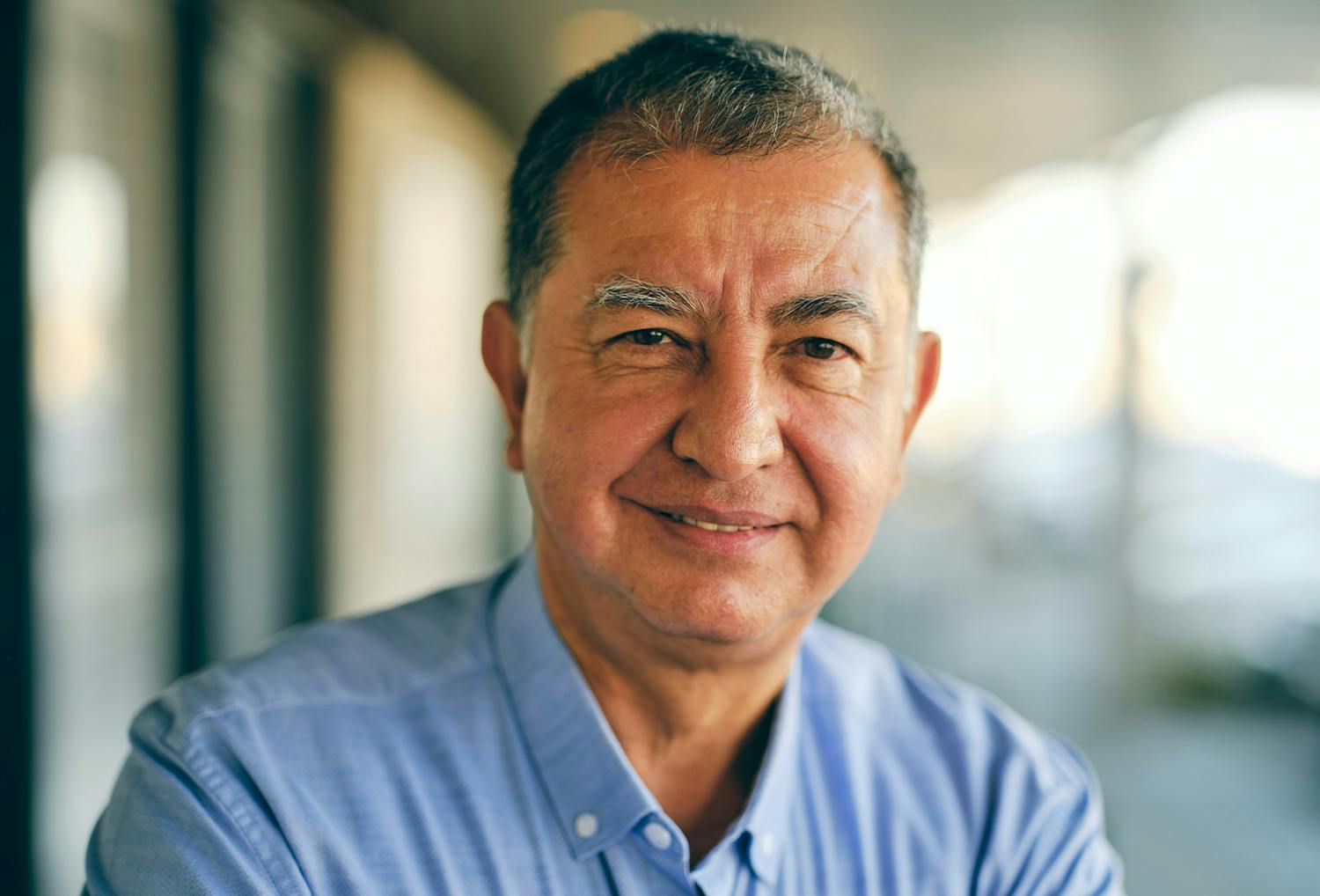Mohs surgery is a precise surgical technique used to treat skin cancer. During Mohs surgery, thin layers of cancer-containing skin are progressively removed and examined until only cancer-free tissue remains. Mohs surgery is also known as Mohs micrographic surgery.
Why Mohs Surgery?
Mohs surgery is used to treat the most common skin cancers, basal cell carcinoma, and squamous cell carcinoma, as well as some kinds of melanoma and other more unusual skin cancers.
Mohs surgery is especially useful for skin cancers that:
- Have a high risk of recurrence or that have recurred after previous treatment
- Are located in areas where you want to preserve as much healthy tissue as possible, such as around the eyes, ears, nose, mouth, hands, feet, and genitals
- Have borders that are hard to define
- Are large or aggressive






